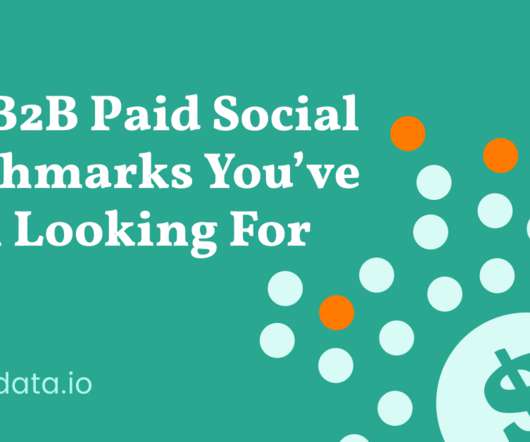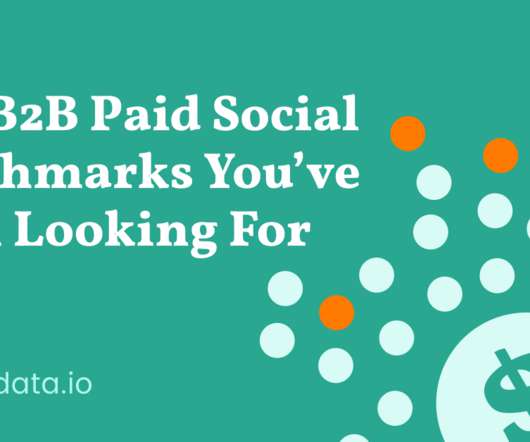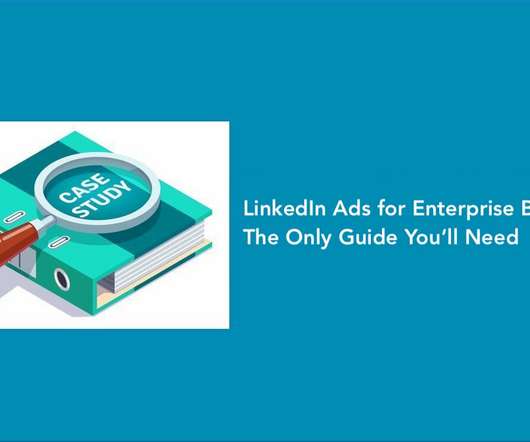B2B Paid Social Benchmarks: What We Learned From $15M in Spend on Facebook and LinkedIn
Metadata
OCTOBER 6, 2021
Click through rate (CTR): CTR is an early indicator of the relevance and appeal of your campaign to your target audience. You’ll optimize to this metric if you’re running a brand campaign, while you’ll optimize to CPL for lead gen. Cost per lead (CPL): CPL measures the efficiency of your campaign.















Let's personalize your content